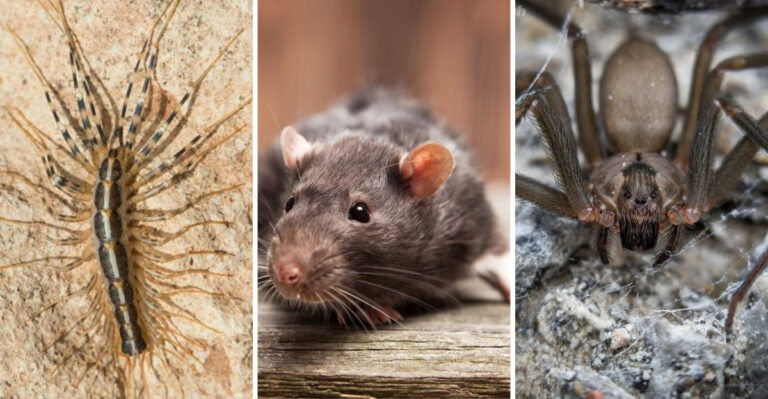10 Dangerous Hyena Myths Tourists Believe, Still Unaware Of The Risk
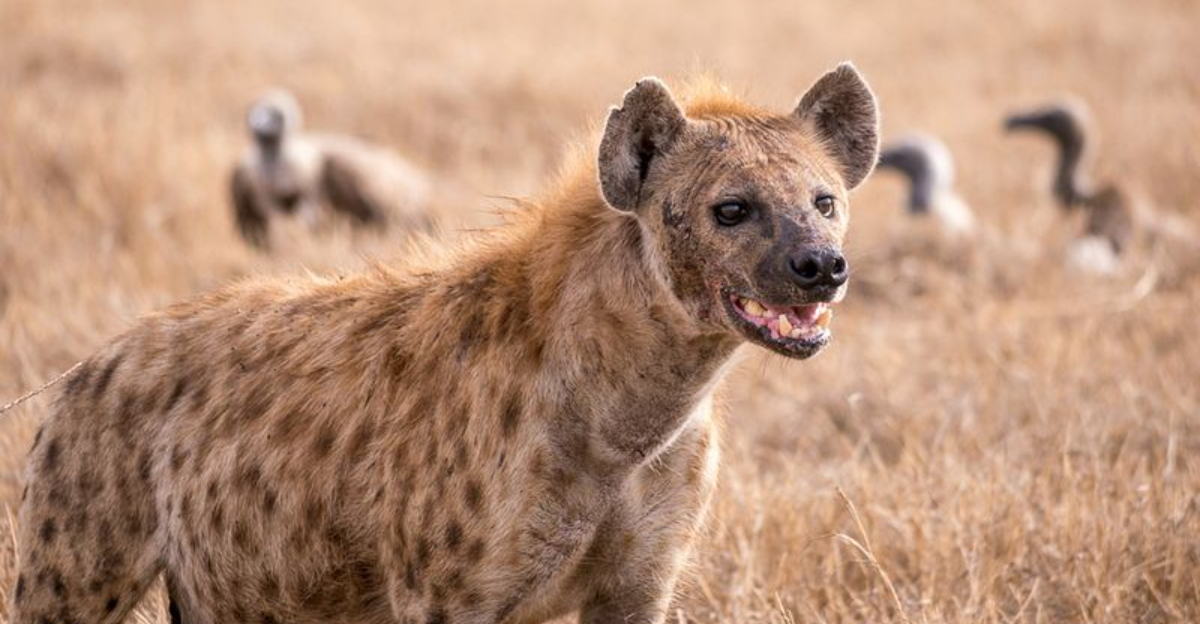
Safari adventures offer thrilling encounters with Africa’s wildlife, but misconceptions about hyenas can lead to dangerous situations.
These misunderstood predators are often portrayed inaccurately in films and stories, creating persistent myths that tourists carry into the wild. Understanding the true nature of hyenas isn’t just fascinating—it could save your life during wildlife encounters.
1. Hyenas Are Just Scavengers

Contrary to popular belief, spotted hyenas are formidable hunters who secure up to 95% of their food through active hunting. Their powerful jaws can crush elephant and giraffe bones, generating bite force stronger than lions.
Tourists who dismiss them as mere scavengers might approach too closely, underestimating their predatory capabilities and territorial nature.
2. Hyenas Are Cowardly Animals
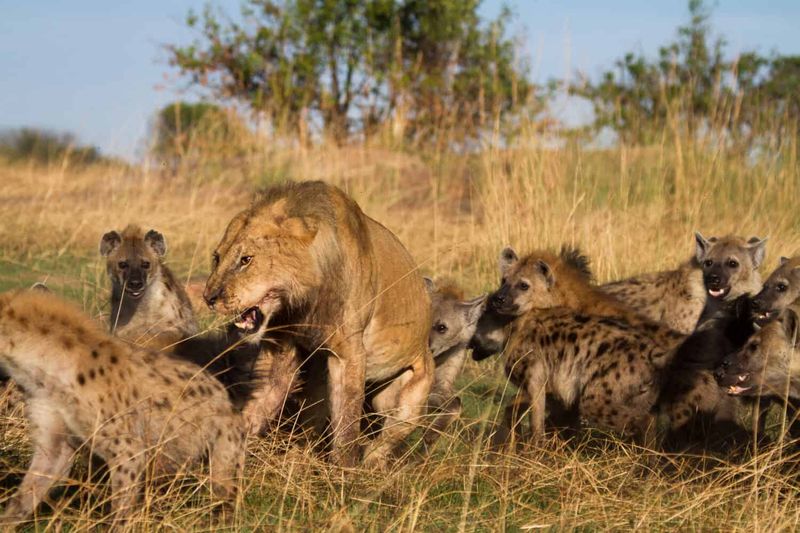
Bold and strategic, hyenas regularly challenge lions for kills and defend their territories fiercely. Female hyenas, larger and more aggressive than males, lead clans with remarkable courage.
A tourist expecting cowardly behavior might misread warning signs, approaching too confidently when a hyena stands its ground instead of retreating as anticipated.
3. Hyenas Will Attack Humans On Sight
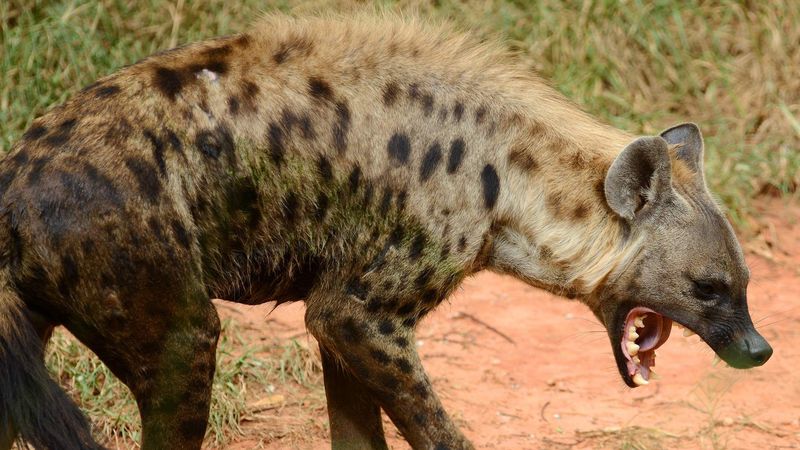
Naturally cautious around humans, hyenas typically avoid people unless habituated through feeding or when protecting young. Most recorded attacks occur near settlements where hyenas associate humans with food.
The danger lies not in unprovoked aggression but in tourists’ false security when hyenas appear disinterested, potentially leading to risky proximity.
4. Hyenas Are Always Laughing
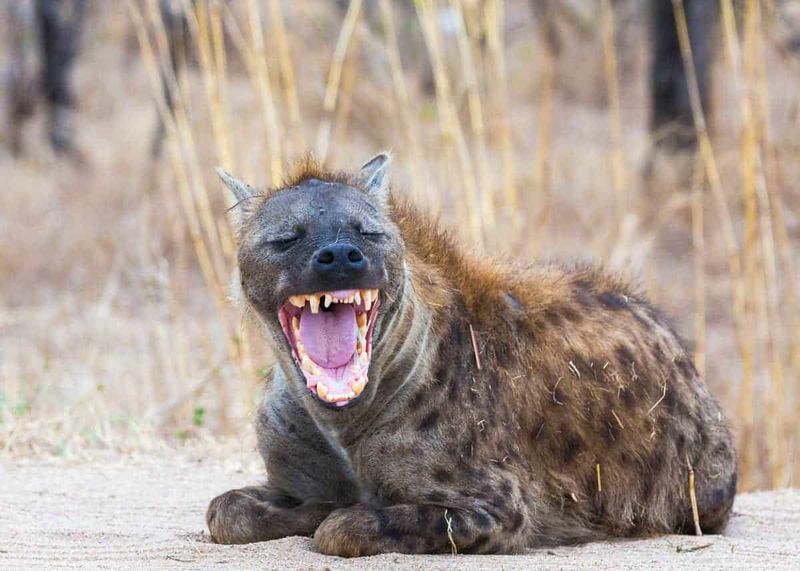
That famous “laugh” actually signals excitement, nervousness, or submission—not amusement. Hyenas communicate through various vocalizations including whoops, grunts, and growls that serve different social purposes.
Mistaking these sounds as non-threatening could lead tourists to ignore important warning signals when a hyena is actually communicating stress or aggression.
5. Hyenas Don’t Form Social Groups
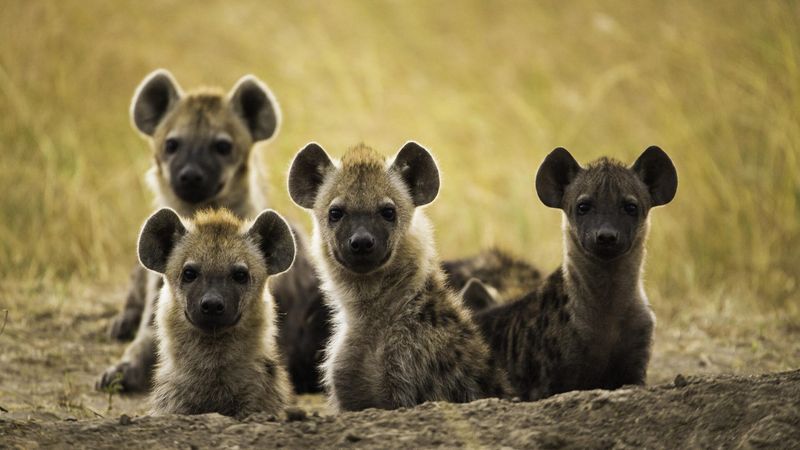
Spotted hyenas maintain highly complex social structures rivaling primates in sophistication. Their clans can number up to 80 individuals with strict hierarchies and intricate relationships.
Tourists who spot a single hyena often fail to realize others may be nearby. Approaching one animal could inadvertently trigger a group response from clan members hidden in surrounding vegetation.
6. Hyenas Are Less Intelligent Than Other Predators
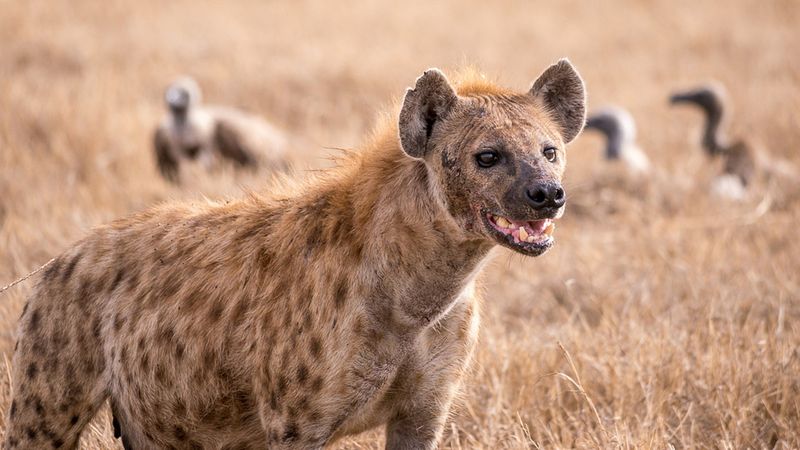
Research reveals hyenas outperform chimpanzees in cooperative problem-solving tests. Their remarkable memory allows recognition of clan members after years of separation, and they employ sophisticated hunting strategies requiring advanced planning.
Underestimating their intelligence leads tourists to believe predictable behavior patterns exist when hyenas are actually capable of adapting tactics based on specific situations.
7. Hyenas Only Live In Deserts And Dry Areas
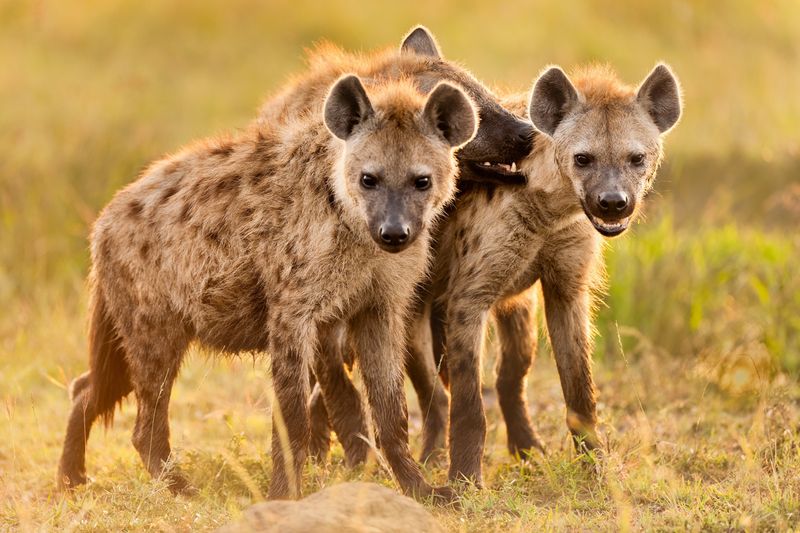
Adaptable survivors, hyenas thrive across diverse African landscapes from semi-deserts to mountain forests and coastal regions. Brown hyenas even inhabit Namibia’s foggy shores, while striped hyenas range into India and the Middle East.
This habitat versatility means tourists might encounter hyenas in unexpected environments where they weren’t prepared for wildlife interactions.
8. Hyenas Don’t Protect Their Territory
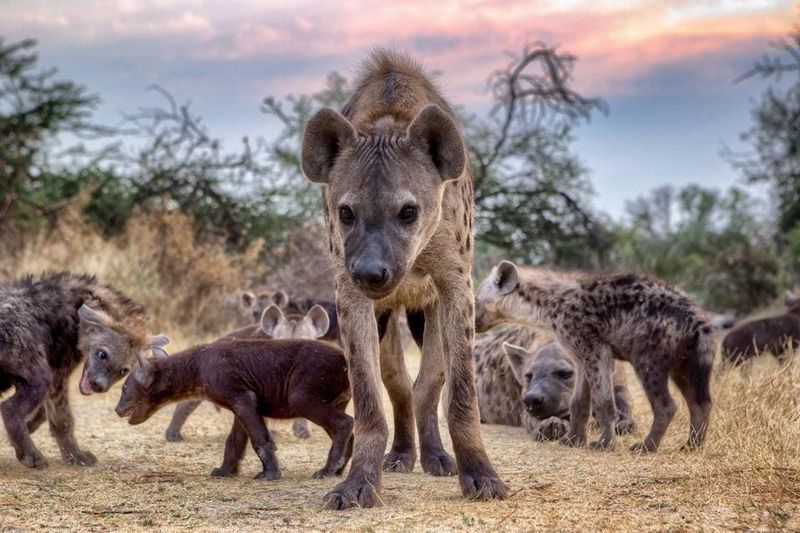
Fiercely territorial, hyena clans actively patrol and defend boundaries through scent marking and aggressive confrontations with intruders. Their territory defense involves coordinated group responses that can quickly escalate.
Unwitting tourists hiking between safari camps might cross invisible territorial lines, especially near den sites where protective instincts run highest and aggressive responses become most likely.
9. Hyenas Are Just Like Wild Dogs
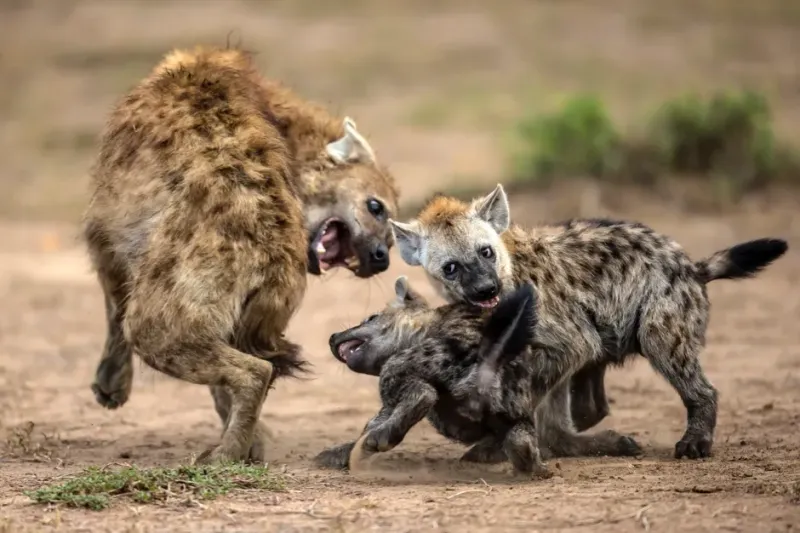
Surprisingly, hyenas aren’t canines at all—they’re more closely related to cats, belonging to the suborder Feliformia. Their unique biology includes females with masculinized genitalia and cubs born with open eyes and teeth.
Tourists familiar with dog behavior might misinterpret hyena body language, missing crucial warning signs that differ significantly from canine communication patterns.
10. Hyenas Are Only A Threat To Livestock

While livestock predation receives attention, hyenas occasionally target humans, particularly during food shortages or when habituated to people. Historical records document significant human predation events in Ethiopia and Tanzania.
Tourists sleeping in unfenced camps may become vulnerable if they assume hyenas pose threats only to farm animals, not realizing these opportunistic predators might investigate any potential food source.



